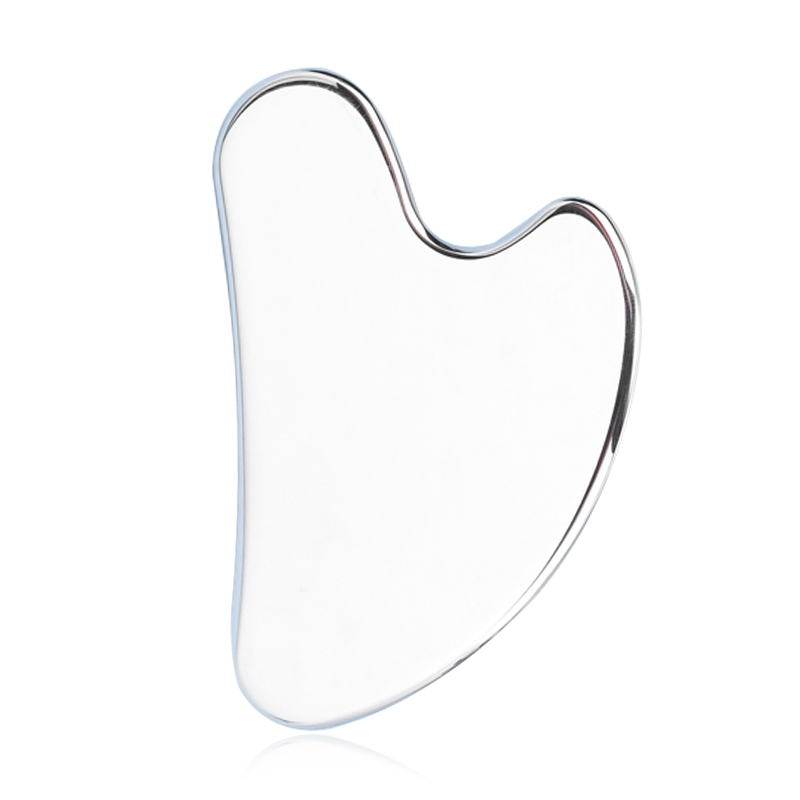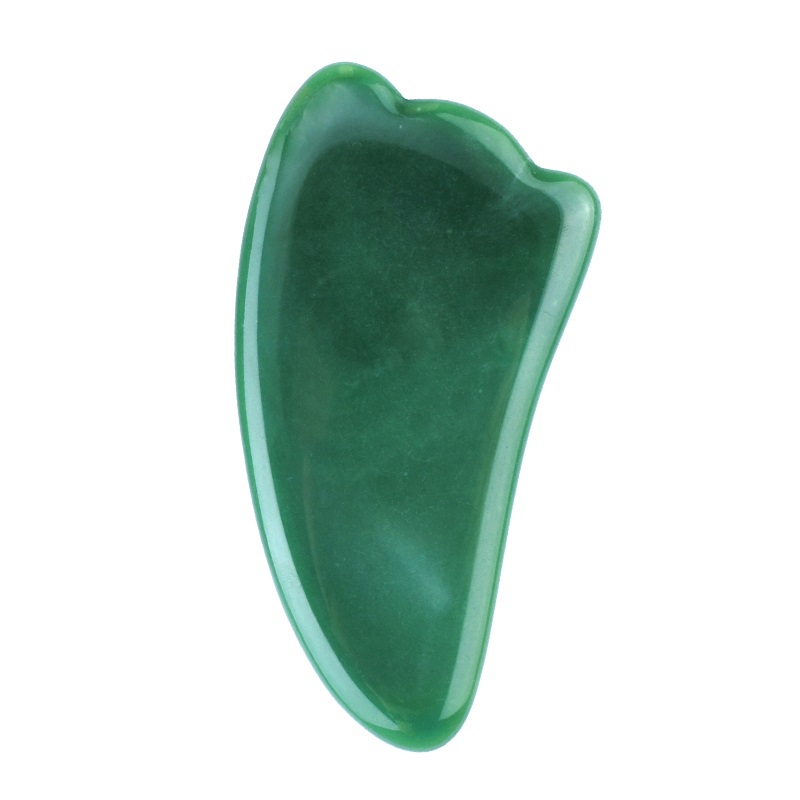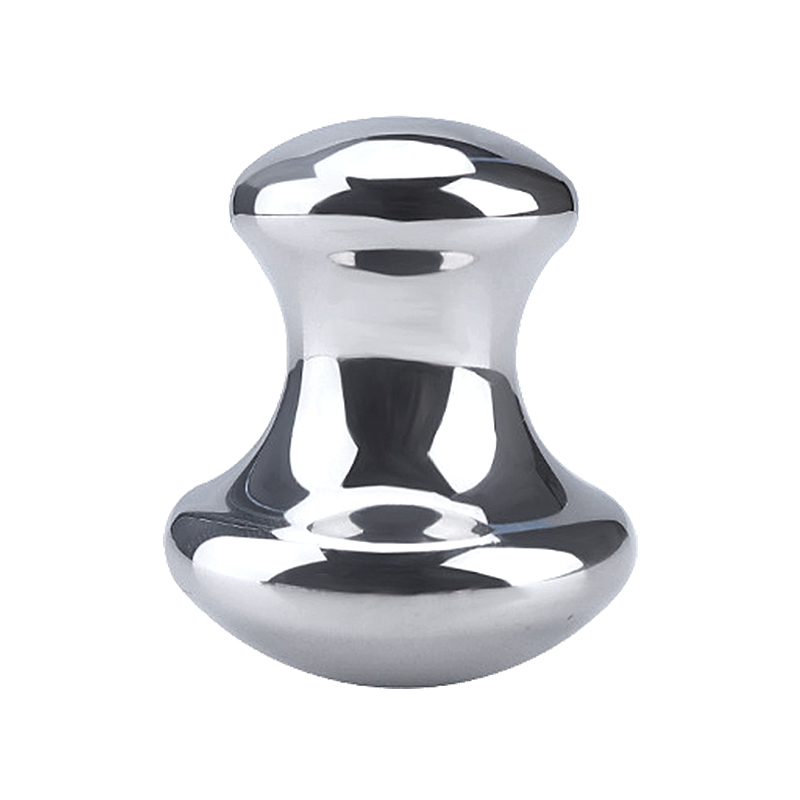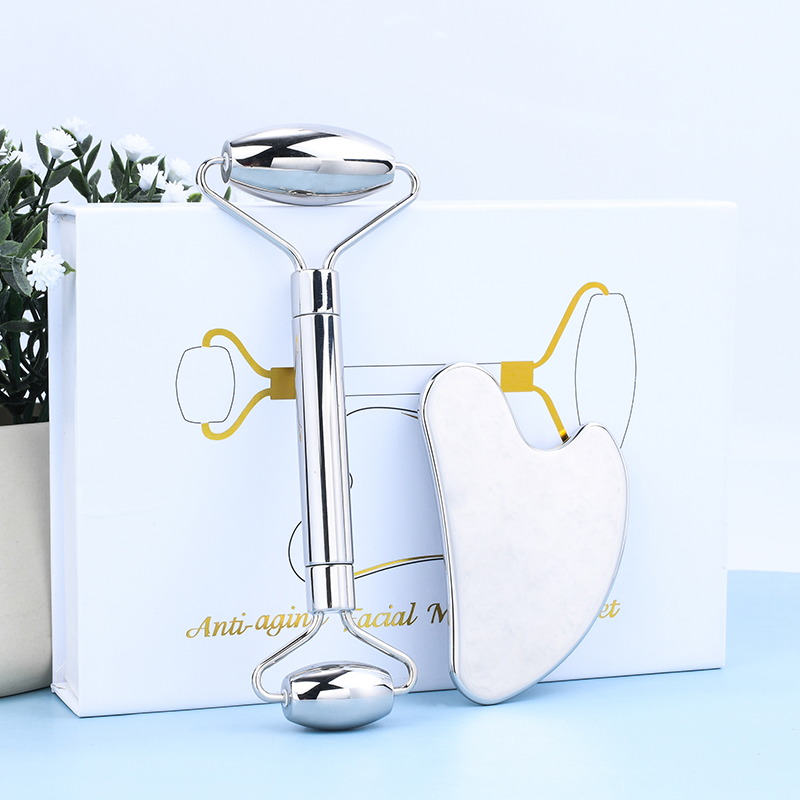Stainless steel, literally, is steel that won’t rust. Its full name is stainless steel acid-resistant steel. Steel grades that are resistant to weak corrosive media such as air, steam, and water or have rust properties are called stainless steels; and steel grades that are resistant to chemical corrosive media (acid, alkali, salt and other chemical corrosion) are called acid-resistant steels.
Due to their different chemical compositions, their corrosion resistance properties are also different. Ordinary stainless steel is generally not resistant to chemical corrosion, while acid-resistant steel is generally stainless steel. The term “stainless steel” does not refer to just one type of stainless steel, but to more than one hundred industrial stainless steels, each of which excels in its specific field of application. The key to success is to first understand the application and then determine the correct steel grade. Typically only six steel grades are relevant for building construction applications. They all contain 17-22% chromium, and the better grades also contain nickel. The addition of molybdenum can further improve atmospheric corrosion, especially corrosion resistance to chlorine-containing atmospheres.
Generally speaking, the hardness of stainless steel is higher than that of aluminum alloy, and the cost of stainless steel is also higher than that of aluminum alloy.












